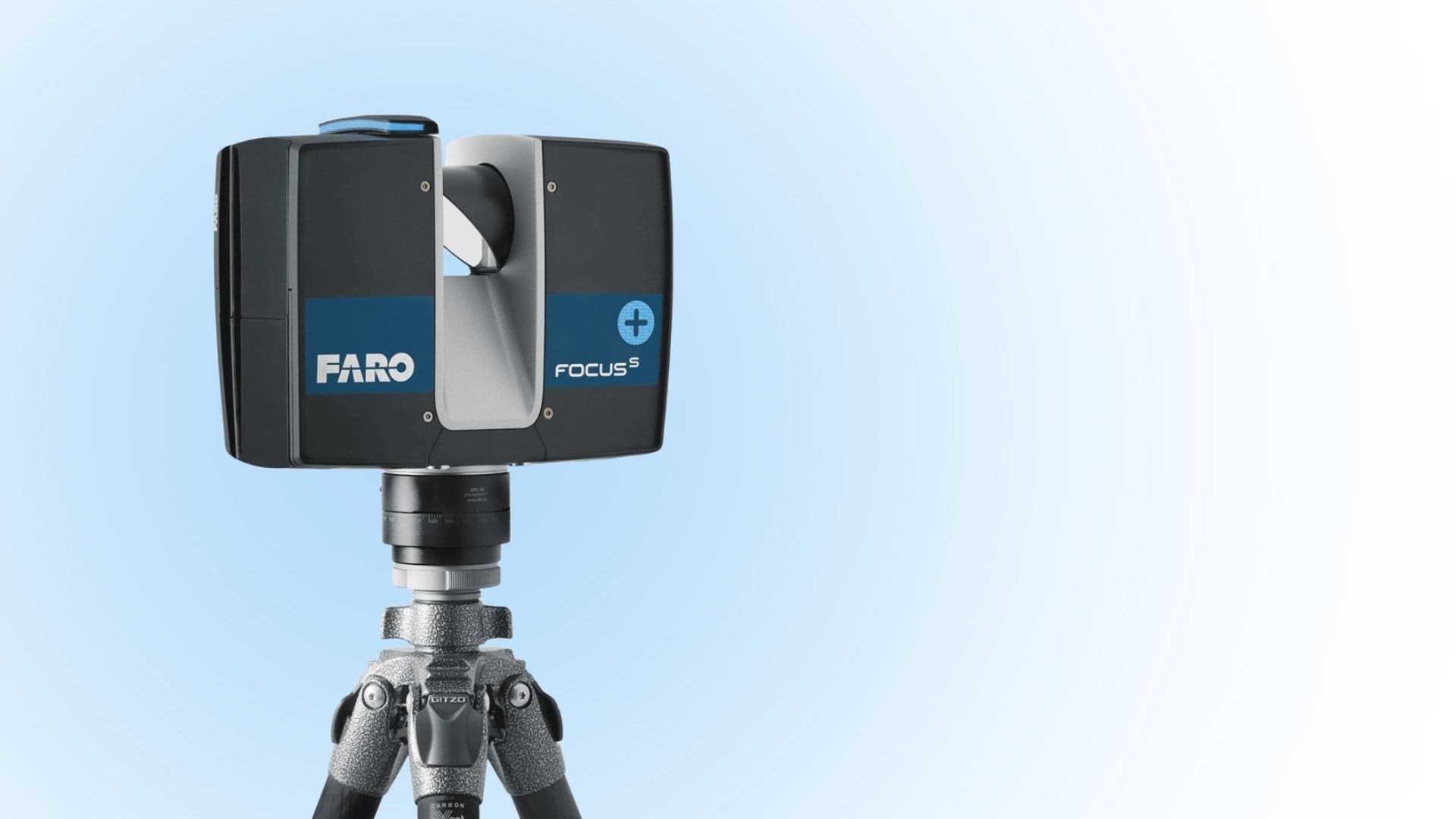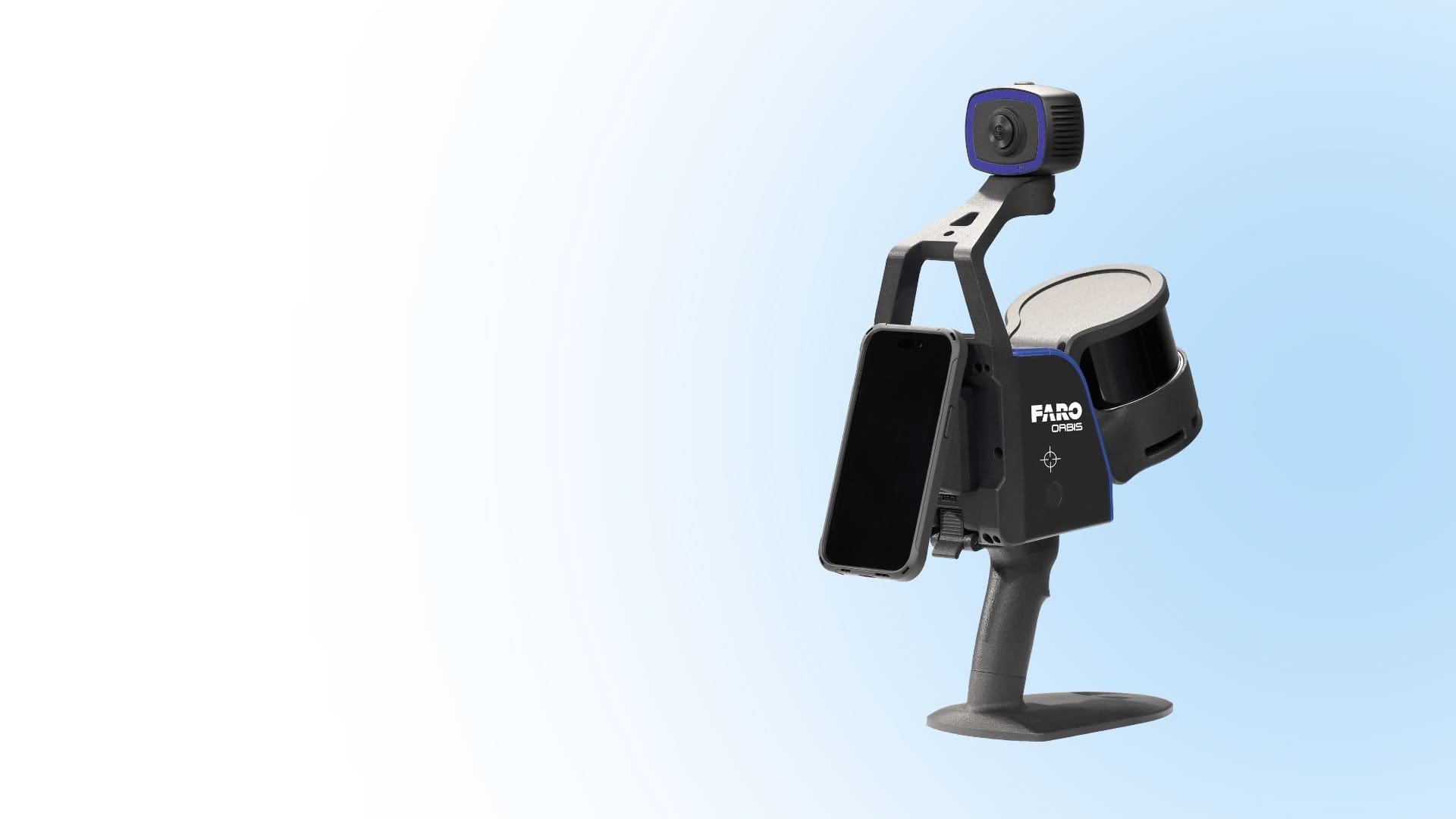
Long-Distance 3D Scanning for Infrastructure
Huge infrastructure projects present unique challenges that can only be addressed with advanced solutions like long-range 3D scanners. Whether it’s
When it comes to reverse engineering, sometimes the smallest parts can be the trickiest. Trying to ensure that you capture high detail in super-small spaces, nooks and crevices can be a lot harder than trying to scan a sofa—but not impossible. So how do you get the perfect mini-scan? Here are a few things to consider.
Follow these steps, and you’re that much closer to a perfect scan on your petite project. Want to know more about the Artec Micro and how it can help? Check out our website, or contact us with your questions.
3D Scanning & Metrology News, Press, Insights, Trends, Case Studies, and more.

Huge infrastructure projects present unique challenges that can only be addressed with advanced solutions like long-range 3D scanners. Whether it’s

Different long-range scanner brands offer varying features and capabilities; hence the need to understand the most crucial aspects of long-range

The key difference between long-range and short-range scanners is the maximum distance at which they can capture data. Ordinarily, long-range

The key elements to consider in long-range 3D scanners include accuracy, scan speed, resolution, scanning mechanism, and ease of use.